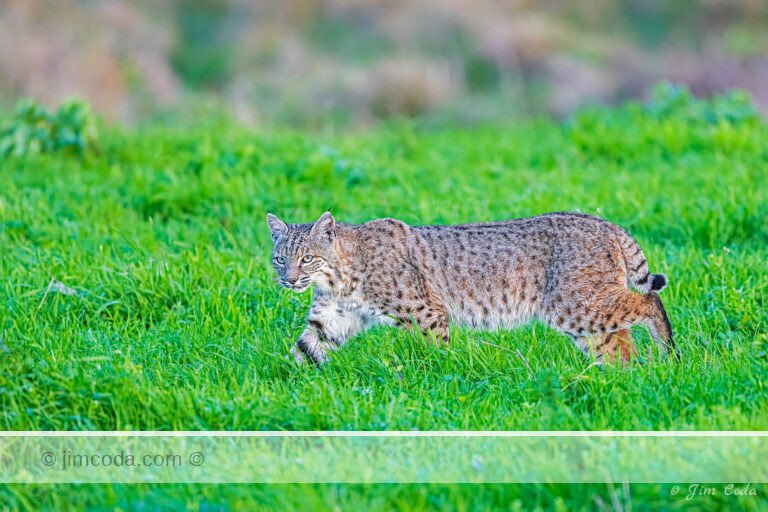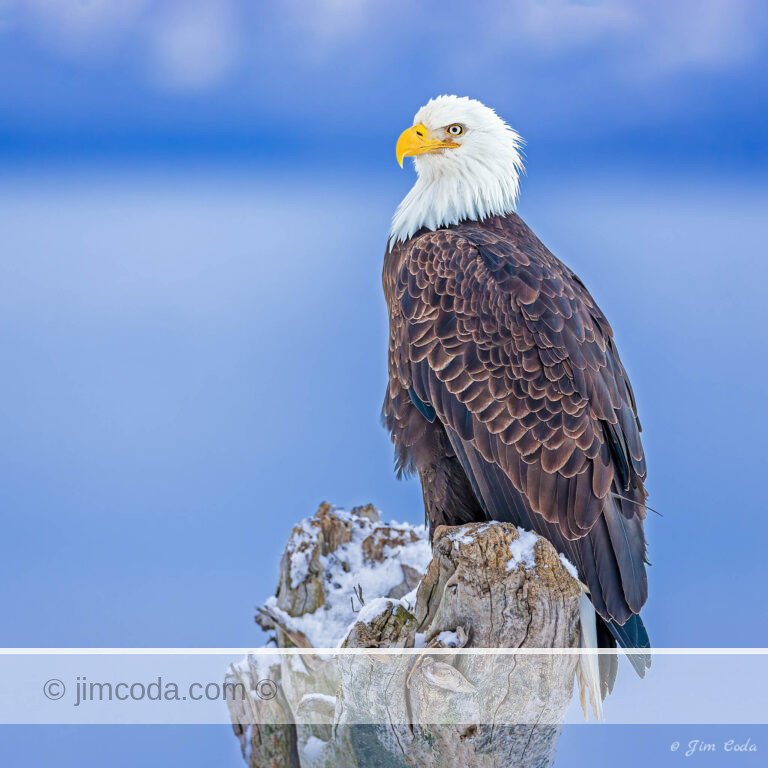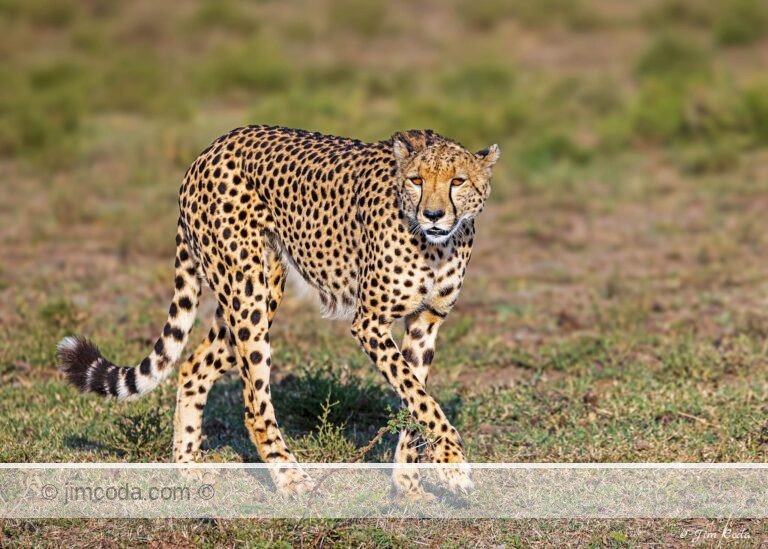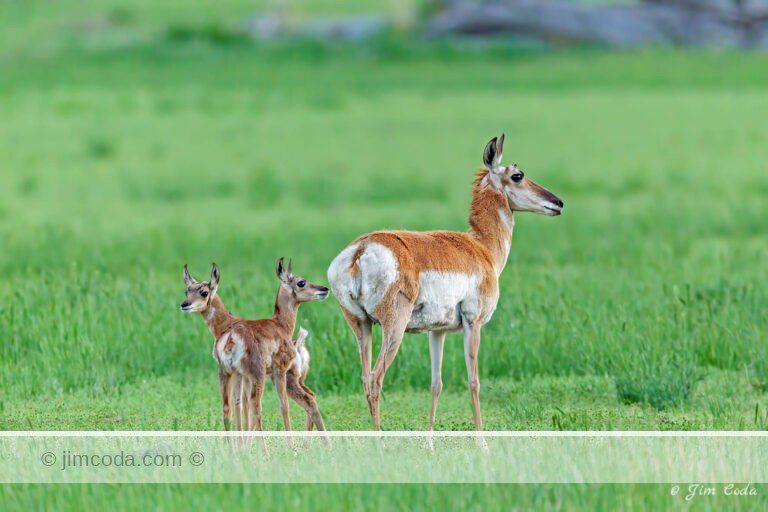Tag: tule elk preserve
The Life Cycle Continues
I was out at Point Reyes recently. The male elk are all sporting new antlers...
This elk’s ribs are sticking out and it has diarrhea.
This elk looks like it is starving, yet it...
Tule Elk Bull Bugles, Point Reyes National Seashore
I’m still upgrading my website by making each...
Tule Elk Calf, Point Reyes National Seashore
This is one of two calves I photographed a couple of days...
No articles found
Prints for sale
Browse my selection of photos for sale as fine art prints
Filter by category
Sorry, no prints in this category









